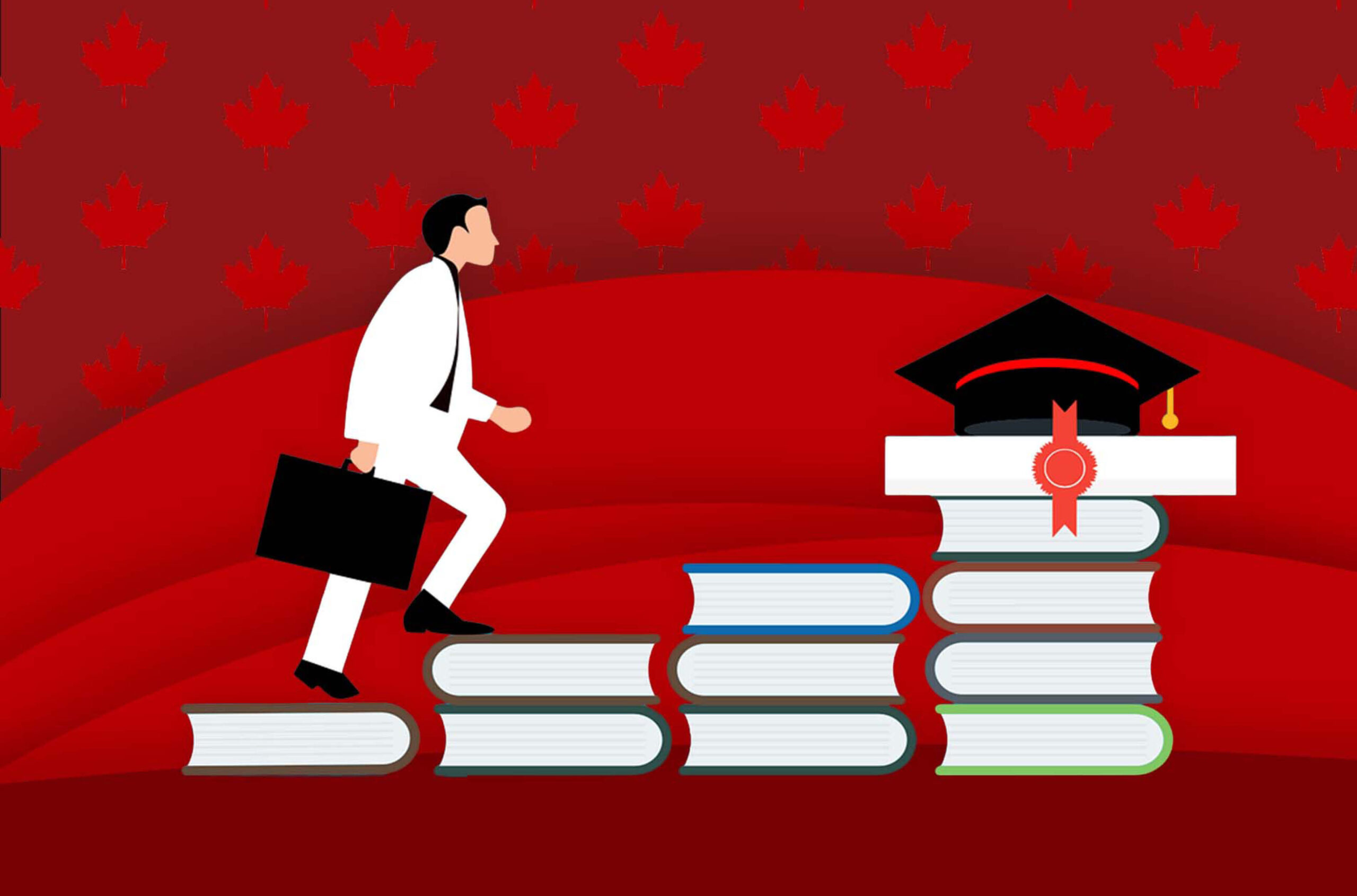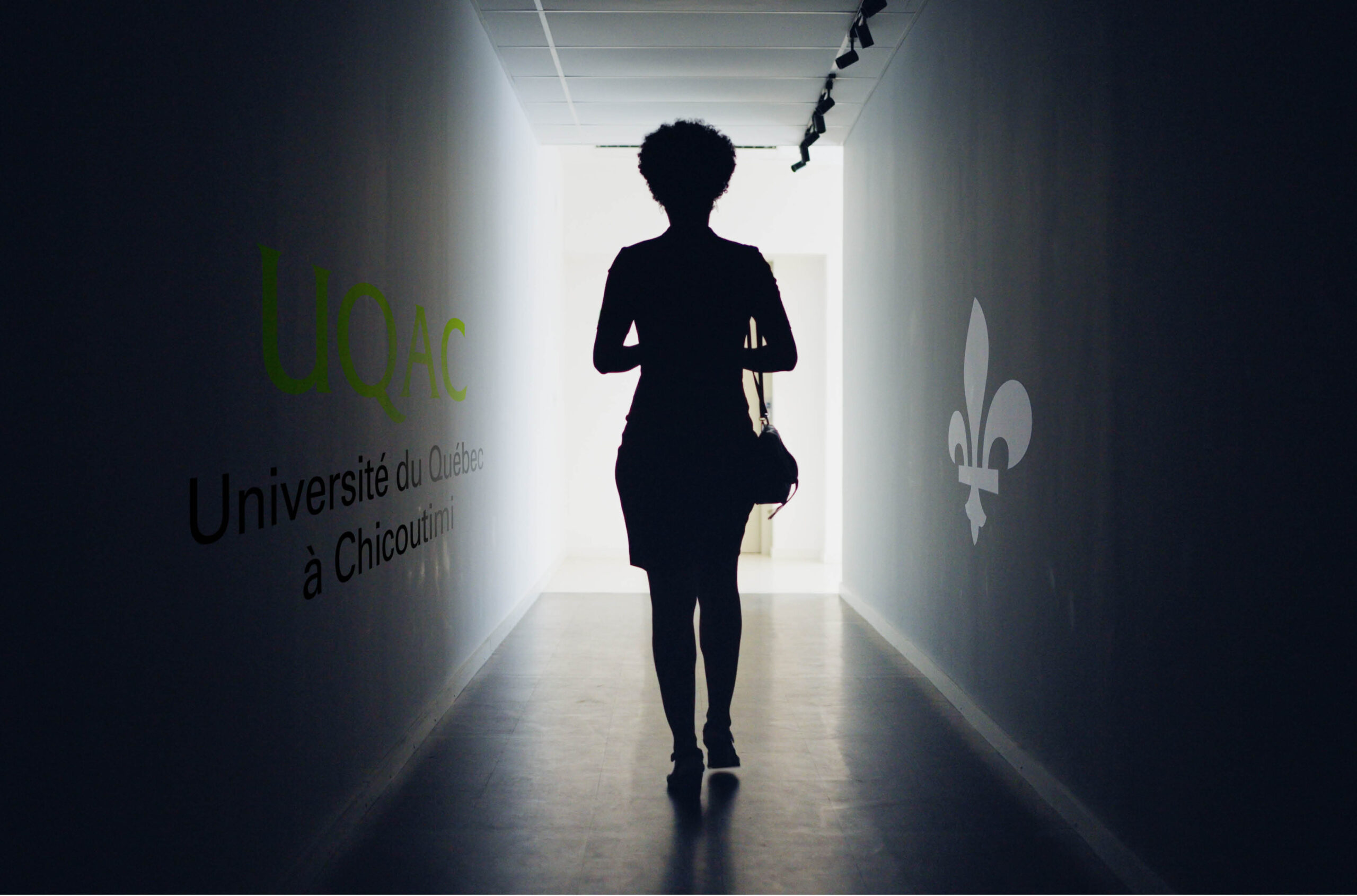Imagining the future of international education in Canada
How to resolve the absence of a concerted plan on international students between governments and academic institutions

The number of international students increased by 200 per cent between 2013 and 2023, including an uptick of 63 per cent between 2018 and 2023, according to the Canadian Bureau for International Education (CBIE). At the end of 2023, Canada hosted more than one million international students. The sharp rise, however, was not accompanied by a long-term strategy for growth, according to many within the higher education sector.
“There was never really any coordination with governments or cities in how to respond to the subsequent pressure on housing and certain public services,” says Alex Usher, president of Higher Education Strategy Associates. “When these problems reared their heads, the government reacted by constraining study permits.”
It’s a challenge not just for Canada, but across the globe. Australia implemented caps in 2024 and doubled study visa fees to counteract the effect of immigration on the cost of housing. The United Kingdom and the Netherlands are also among the countries tightening their regulations.
Tensions to do with the housing crisis and, in Quebec’s case, the purported anglicization of Montreal are contributing to changing perceptions about temporary immigrants. Behind these shifting opinions lies a complex political landscape.
“We have forgotten the social and economic value international students bring to our communities,” laments Larissa Bezo, president and CEO of CBIE. “International education has become a highly politicized subject in the last year and a half. We’re undermining Canada’s reputation in the long term for short-term political gains.”
The rise of edugration
These changing perceptions point to a deeper unease arising from a shift in the role of international students and universities in Canadian immigration policy. “Canada has traditionally sourced immigrants from abroad, but over the last 20 years, the focus has increasingly shifted to those already residing in the country, such as temporary workers and international students,” notes Lisa Brunner, a postdoctoral fellow at the Centre for Migration Studies at the University of British Columbia.
This has led to the phenomenon known as ‘edugration’, where international education becomes the preferred way to source immigrants with diplomas who speak at least one of the two official languages and can more easily integrate into Canadian society. CBIE surveys reported that, in 2023, 70 per cent of international students hoped to obtain a work permit after graduation, while 57 per cent intended to apply for permanent residency.
Under former prime minister Justin Trudeau, the government viewed rising international students enrolment favourably. Universities seized the opportunity to partially make up for their lack of public funding, since international students generally pay much higher fees than Canadian students. “Their presence helps our universities support more Canadian students than public funding could alone,” confirms UBC spokesperson Thandi Fletcher. According to Statistics Canada, the average undergraduate international student paid $36,100 per year in fees in 2022.
“We have created a source of private income within public institutions, and they have come to depend on it,” notes Dr. Brunner. “Meanwhile, universities are tasked with recruiting immigrants despite being neither trained nor funded to do so.”
New approaches to recruitment
Under the circumstances, universities are struggling to adapt to these abrupt provincial and federal reversals. They are now faced with reimagining their approach to international education.
“The caps are forcing us to revisit our recruitment methods to prioritize quality over quantity,” remarks François Gélineau, vice-rector of international affairs and sustainable development at Université Laval. Recruitment strategies have long focused on flaunting an institution’s reputation to attract as many international registrations as possible — and it has worked. In 2023, Université Laval processed more than 60,000 international applications.
But with this swell came a similar increase in applications from candidates unqualified to complete a university degree. “It doesn’t serve anyone to set students up to fail while putting pressure on our resources,” Dr. Gélineau explains.
A new recruitment strategy should be more sophisticated, relying not just on publicity but on developing stronger partnerships with foreign institutions, offering services to prepare students in their country of origin, and targeting applicants who meet program requirements. “We’ve tested these techniques but haven’t fully implemented them because we were seeking volume,” explains Dr. Gélineau.
Though each university is adapting, individual approaches don’t amount to a coherent national strategy that reaps the benefits of the international education while better managing its challenges. “We need a permanent framework that facilitates coordination and improves dialogue between universities and governments at both the federal and provincial levels,” urges Christopher Busch, associate vice-president, enrolment management, at the University of Windsor.
He notes that recent governmental decisions were made without consulting academic institutions and laments how quickly they came about. Successive changes, like increasing the financial requirements for student visas and capping admissions, complicate the assessment of each measure’s individual impact on the number of international student registrations.
“The cumulative effects of these changes could result in a much greater reduction in international student applications than expected,” he warns. An ApplyBoard study from January revealed that, in 2024, study permits at the undergraduate level dropped by 41 per cent, and by 38 per cent at the graduate level. Both figures exceed the 35 per cent target set by then-Minister of Immigration, Refugees and Citizenship Marc Miller.
This lack of consultation also explains the poor planning for coping with the repercussions of the international student surge. “We know the effects of international students on our campuses, but the impact on housing, the job market, local economy, and general immigration are another matter,” says Dr. Busch. “We need to share information and coordinate.”
Taking student experience into account
The recent series of political decisions and reversals has created tremendous uncertainty for university leadership, but also for current and future international students. “The general impression is that Canada doesn’t really want more of us,” says Jovial Orlachi Osundu, president of the international student association at the Université de Moncton.
This perception may be stronger among racialized students, who sense a more negative attitude about immigration among the population. Jovial Orlachi Osundu arrived from Nigeria in 2020 and is currently a student of social work. She considered studying in South Korea or the United States, but chose Canada due to its strong reputation, which reassured her parents.
She emphasizes that a concerted Canadian national strategy ought to take student experience into account. “Student experience can vary widely,” she says. “Country of origin, financial means, and how easily someone is able to access university or community services make a difference.”
Keeping our commitments
Larissa Bezo believes that we should fulfill our promises to other countries by improving support for international students, from choosing a Canadian institution up to — and including — transitioning into the workforce.
She also suggests that Canada should recruit from a broader range of countries. Currently, about half of international students in Canadian universities come from China and India. “It’s important to be perceived as an inclusive destination and to lower the risks associated with certain countries,” she says.
In May 2024, the CBIE organized a conference on international education with more than 225 participants. Among the group’s proposals were the creation of a pan-Canadian committee for international education, a student advisory committee, a centre for international education excellence and a national campaign to restore international students’ image.
Participants also highlighted the need for increased public funding to postsecondary institutions, a challenge Dr. Brunner says is especially crucial. “As we think about international students, we must also embark on a deeper reflection of how we support our public education system and the real reasons we’ve seen such a steep increase.”








Post a comment
University Affairs moderates all comments according to the following guidelines. If approved, comments generally appear within one business day. We may republish particularly insightful remarks in our print edition or elsewhere.
1 Comments
Dear Jean-François Venne,
Thank you for your article. We have unique opportunity now to find a political party that will be doing some of the recommendations presented in this article. I would like to know which party you think would best support the CIBE proposals or how we can make this more of an election issue? There are many potential permanent residents and future Canadians who want to do more with their education here or to be educated here and the Canadian people need to take a more complex and accurate view of students who come here from elsewhere (and immigrants in general). The people I know who are professionals and highly educated people in this country are finding the policies under the previous government since Covid and the housing crisis much more difficult and restrictive. I think we need to go in the opposite way, especially in the medical, financial, and technical fields (professionals – educated here or elsewhere, but striving to live in Canada). Thank you for the article. I thought there would be more when I started looking for articles on the topic of immigration, international students, and public policy platforms during an election. Best wishes from Vancouver, BC.